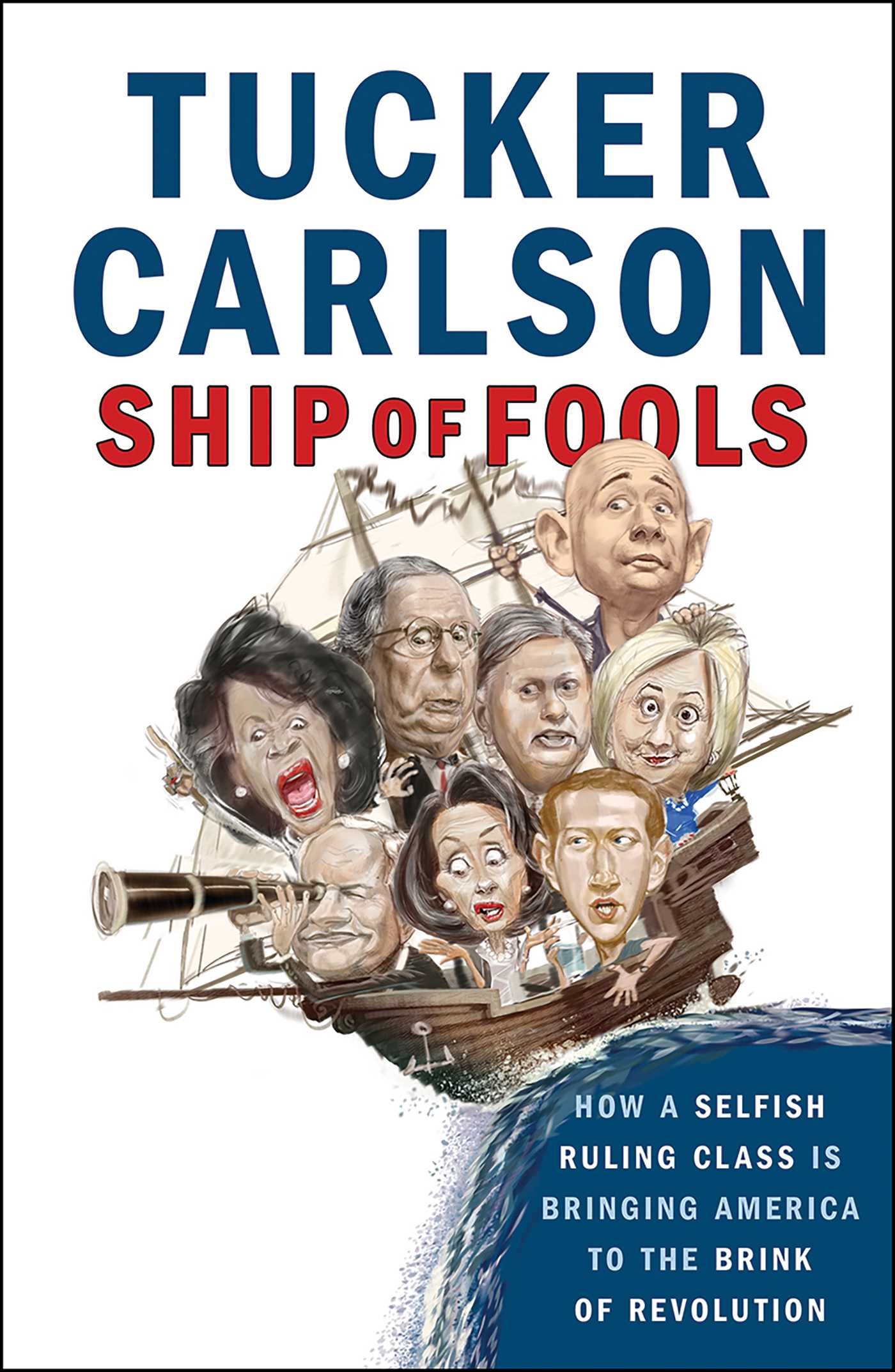Blue Collar Conservatives: Recommitting to an America That Works
After Mitt Romney’s defeat in the 2012 presidential campaign, Republicans across America began searching for the changes necessary to win another election. Committees were formed, studies were commissioned, and op-eds were written, all searching for the mistakes and solutions for the GOP. Eventually, a general consensus emerged from the now famous RNC “autopsy report,” which detailed, among other things, the need for the Republican Party to rebrand itself. In his new book Blue Collar Conservatives, Rick Santorum devotes himself to formulating a winning vision for the Republican Party. As a former Republican senator from Pennsylvania and the runner up Republican candidate in the 2012 primary, Santorum confronts the economic, cultural, and political issues that dominate this conversation.
Santorum begins by identifying the Republican Party’s challenges in the 21st Century. The main issue, according to Santorum, is that “we Republicans have neglected to focus our policies and our rhetoric on the plight of lower-income Americans” (43). As a result, the GOP lost the support and enthusiasm of the “blue collar” workers of America. To win the next election, Santorum writes that Republicans must convince regular Americans that “we are on their side and want their support” (8). This message of a caring, sensitive Republican Party guides Santorum’s policy proposals and cultural outlook throughout the book.
Based on this, Santorum focuses his attention on the constituencies that are commonly over looked by Republicans. As such, minorities, the lower class, and women, all become essential to Santorum’s mission. His strategy: “to appeal to them as working Americans who want to take part in the American Dream” (10). The Republican tent can only expand if their policies, rhetoric, and leaders respond to groups such as “the 70 percent of young Americans who will not earn a bachelor’s” (44). Only outreach, Santorum stresses, will overcome the lost demographic advantages of the past.
Consequently, Santorum dedicates many of his proposals to solving the challenges of the modern economic climate. He blames “bad corporate and labor leadership, growing regulatory burden, and competition” for making “America less competitive [with] jobs hard to come by” (17). The result is that, regrettably, “in upward mobility, the Land of Opportunity is falling behind the rest of the world” (18). To fix the economy, and restore American opportunity, he offers a broad range of economic proposals including entitlement reform, lowering corporate taxes, and regulatory reform. Santorum seeks to address these issues by promoting free market ideas, relying on a mix of old and new conservative solutions to fill his agenda.
Conscious of less fortunate Americans, Santorum does a good job of recognizing unequal levels of opportunity for different groups. He emphasizes, that “there’s no shame in relying on the government’s safety net in cases of true need” (112). Which is why he endorses proposals that make safety net programs “more affordable, more efficient, and better targeted” (58), even as he seeks to eliminate waste. Education reform is also important, so he proposes increasing the quantity of charter schools and greater vocational training for those who wish to succeed “with their minds and their hands” (139).
Despite attempting to move beyond being “‘pigeonholed’ by the media as a ‘social conservative,’” Santorum places cultural issues at the heart of his book. To bring these “into the central discussion of improving our economy” (19), Santorum creates an imaginative family to exemplify the American Dream- and its cases of failure. To show this, Santorum introduces the hardworking, middle-American Harrison family from Ohio. Both parents work in jobs that have been impacted by the new economic trends- manufacturing and nursing, respectively. And, of course, the Harrisons are all “faithful parishioners at their local Roman Catholic church” (30). Using this familiar example, Santorum attempts to show that the Harrison’s struggles are equally caused by cultural issues, such as seeing rising drug abuse and unwanted teenage pregnancy in their neighborhood, as they are from the changing economy.
Here, Santorum highlights his “faith and family” theme, which includes keeping families together, children safe, and religious faith a centerpiece of American households. For the poor, he presents research that many cultural issues, such as refraining from having babies out of wedlock and dropping out of high-school, can actually be indicators of financial success. By doing this, Santorum mixes his economic policies with his social causes to work towards his broader aims.
Blue Collar Conservatives sets impressive goals of expanding Republican’s outreach efforts through tailored messaging and targeting. However, Santorum does little to actually address the concerns or understand his “naturally conservative” voters. By sketching what are mere variations of Harrison families, for instance, Santorum restricts himself by presenting a narrow vision of the American Dream.
Placed in perspective of his larger goals, even Santorum’s social messages, albeit noble, sound worn and out of touch. Does he expect to win votes by blaming the popular culture that his new voters live in? Instead, his ideas just maintain the divide between his social-conservative bloc and the younger, more liberal generation he is trying to communicate with. After concluding, Santorum sounds more like a traditionalist sharing his own perspective of the American Dream rather than empowering others to define and succeed in their own.
Moreover, Santorum’s policy proposals only partially serve his stated goals, while leaving many questions unanswered. How are his plans, as opposed to other conservative thinkers, specifically oriented to increase opportunity for the lower and middle class? How are they more effective than liberal options? Santorum leaves out many of the details necessary to convince us of the effectiveness, not to mention sincerity, of his compassionate message. At times he appears more concerned with fixing certain issues than he does actually representing and understanding people, even if he is right to point them out.
Without certain details, Blue Collar Conservatives fails to solve the Republican messaging problem. However, Santorum does provide a thoughtful treatment of his economic and social outlook. Perhaps the specifics will become clearer as 2016 comes closer, and Santorum begins a new presidential campaign.
Original CBC book review written by Yair Strachman.
Tags: Blue Collar Conservatives: Recommitting to an America That Works, Rick Santorum
- The Author

Rick Santorum
Rick Santorum is a former United States senator from Pennsylvania, Republican presidential candidate, and author of New York Times bestseller […] More about Rick Santorum.
- Books by the Author
- Related Articles

CBC Members Want Carly Fiorina In GOP Debate
The first GOP presidential debate takes place on August 6th, and only 10 candidates will be able to take part,[...]
















